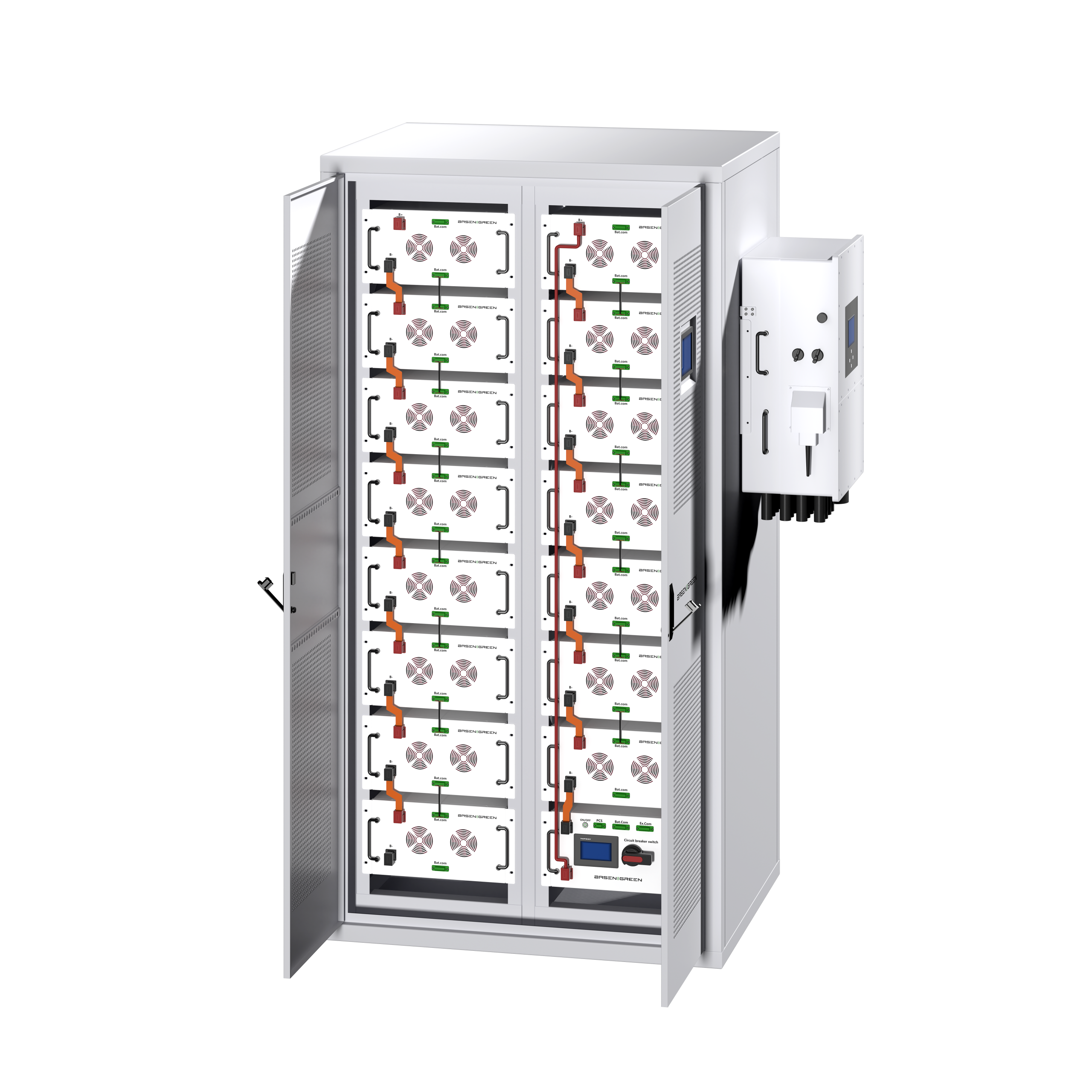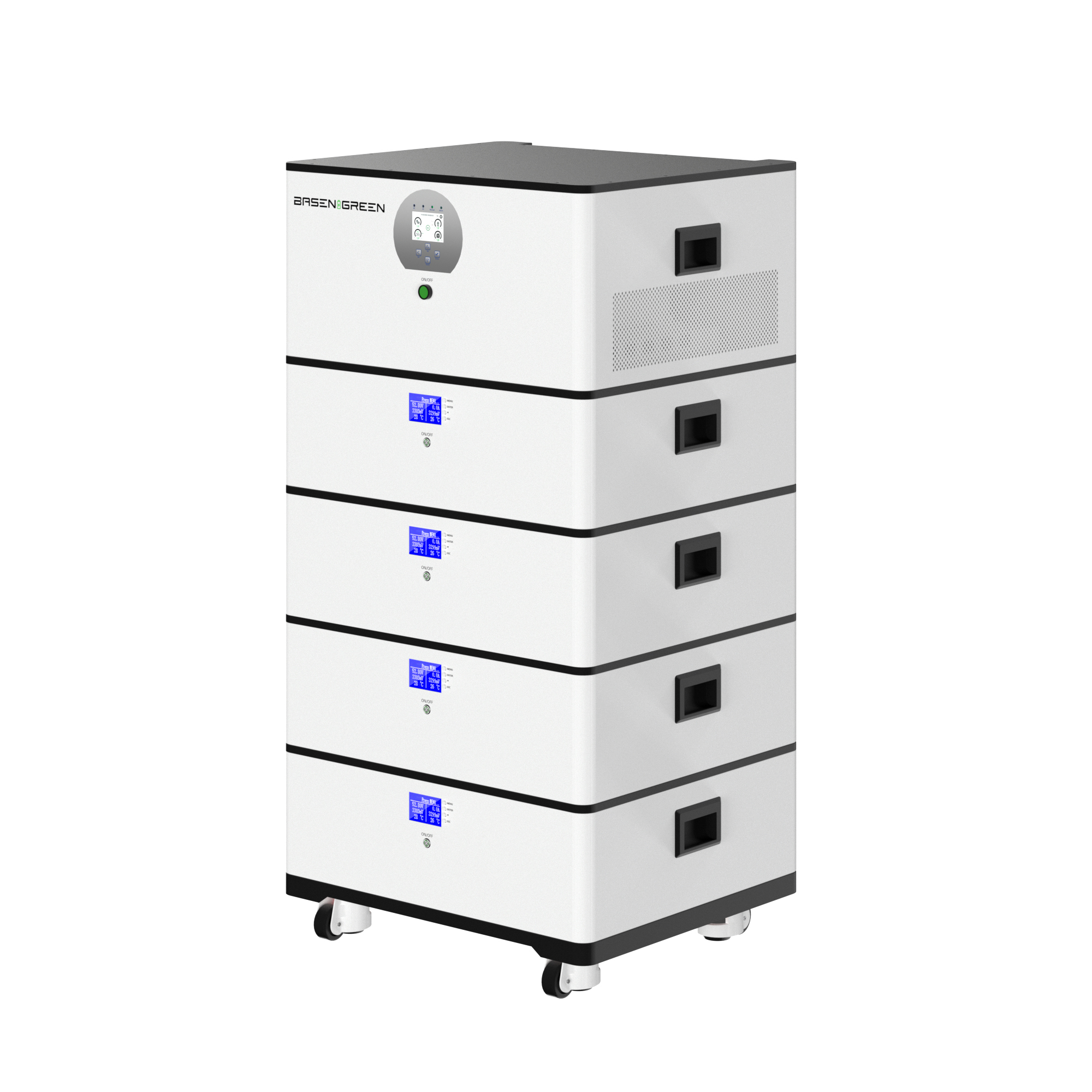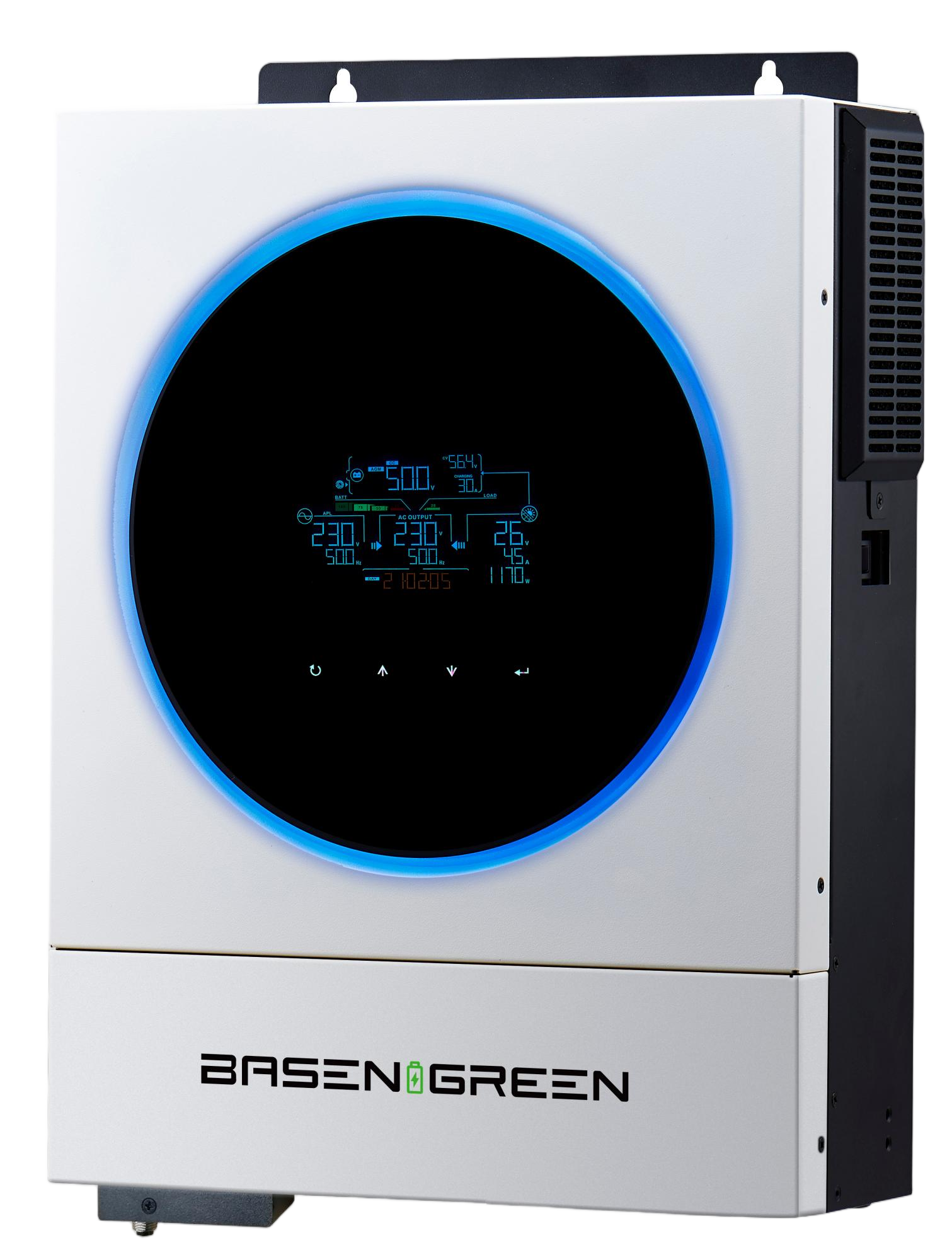High Voltage BMS (Battery Management System) for RACK HV PRO
In the realm of modern electronics and electrical systems, the importance of efficient and reliable power management cannot be overstated. Among the critical components that ensure the optimal performance of high-voltage systems, the Battery Management System (BMS) stands out as a cornerstone of functionality and safety. For the RACK HV PRO, a high-performance, high-voltage system, the integration of a sophisticated BMS is not just an added feature but a necessity. This article delves into the intricacies of high-voltage BMS, its role in the RACK HV PRO, and its significance in ensuring the system’s efficiency, safety, and longevity.
Understanding the Role of a BMS
A Battery Management System (BMS) is an electronic system designed to monitor and manage the state of charge, state of health, and overall performance of a battery or a group of batteries. In the context of high-voltage systems like the RACK HV PRO, the BMS plays a pivotal role in ensuring that the battery operates within safe parameters, prevents overcharging or deep discharging, and maintains optimal performance levels.
The BMS essentially acts as the brain of the battery system. It continuously monitors key parameters such as voltage, current, temperature, and state of charge (SOC). By doing so, it ensures that the battery operates within its specified limits, preventing damage and extending its lifespan. Additionally, the BMS manages balancing between individual cells in a battery pack, ensuring that all cells operate at their maximum potential without any single cell becoming a bottleneck.
The Importance of High-Voltage BMS in RACK HV PRO
The RACK HV PRO is designed to handle high voltages, making it a critical component in applications such as electric vehicles, industrial machinery, and renewable energy systems. In such high-stakes environments, the reliability and safety of the system are paramount. This is where the high-voltage BMS comes into play.
One of the primary functions of the high-voltage BMS in the RACK HV PRO is to ensure the safe operation of the system. High-voltage batteries are inherently dangerous, and any malfunction or mismanagement can lead to catastrophic results. The BMS acts as a failsafe, monitoring the system for any signs of instability or danger. If it detects an issue, it can take corrective action, such as disconnecting the battery or initiating a shutdown procedure, to prevent further damage or hazard.
Another critical role of the BMS is in optimizing the performance of the RACK HV PRO. By continuously monitoring the state of the battery and adjusting its management strategies accordingly, the BMS ensures that the system operates at peak efficiency. This is particularly important in applications where power output and reliability are crucial, such as in electric vehicles or industrial machinery.
Key Features of a High-Voltage BMS
A high-voltage BMS for the RACK HV PRO must be equipped with advanced features to meet the demands of high-voltage applications. Some of the key features include:
Advanced Monitoring: The BMS must be capable of monitoring multiple parameters, including voltage, current, temperature, and state of charge, in real-time. This ensures that the system can respond quickly to any changes or anomalies.
Balancing Management: In a battery pack, individual cells can have slight variations in their state of charge or capacity. The BMS must manage these differences to ensure that all cells operate at their maximum potential without any single cell becoming a bottleneck.
Thermal Management: High-voltage batteries are highly sensitive to temperature changes. The BMS must incorporate thermal management features to maintain the battery at optimal temperatures, preventing overheating or freezing.
Fault Detection and Diagnosis: The BMS must be able to detect and diagnose faults in the battery or the system. This includes identifying issues such as cell imbalances, overvoltage, undervoltage, and thermal runaway.
Communication Interfaces: The BMS must interface with other components of the system, such as the controller or the user interface. This ensures that the system can communicate and coordinate its operations effectively.
Challenges in Implementing a High-Voltage BMS
While the benefits of a high-voltage BMS are clear, implementing such a system in the RACK HV PRO comes with its own set of challenges. One of the primary challenges is the complexity of managing high-voltage systems. High-voltage batteries require specialized knowledge and expertise to design and implement a BMS that can handle the unique demands of such systems.
Another challenge is ensuring the safety of the system. High-voltage batteries are inherently dangerous, and any malfunction or mismanagement can lead to serious safety risks. The BMS must be designed with multiple layers of safety protection to ensure that the system operates safely under all conditions.
Additionally, the cost of implementing a high-voltage BMS can be a significant barrier. The development and integration of a sophisticated BMS require significant investment in terms of time, resources, and expertise. This can be a particular challenge for smaller companies or startups that are looking to enter the high-voltage market.
The Future of High-Voltage BMS
As the demand for high-voltage systems continues to grow, the role of the BMS in the RACK HV PRO and similar systems will become increasingly critical. The future of high-voltage BMS is likely to be characterized by advancements in technology, greater integration with other system components, and a focus on improving safety and efficiency.
One area of focus for future developments is the integration of artificial intelligence (AI) and machine learning (ML) into BMS. These technologies have the potential to significantly enhance the capabilities of the BMS by enabling more accurate predictions, real-time decision-making, and adaptive management strategies. For example, AI-powered BMS could learn from historical data to predict battery behavior and optimize performance in real-time.
Another promising area of development is the use of advanced materials and manufacturing techniques to improve the performance and reliability of BMS components. This includes the development of new sensors, circuitry, and algorithms that can operate more efficiently and reliably in high-voltage environments.
In conclusion, the high-voltage BMS is an essential component of the RACK HV PRO and similar high-voltage systems. Its role in ensuring the safety, efficiency, and reliability of the system cannot be overstated. As the demand for high-voltage systems continues to grow, the development and implementation of advanced BMS solutions will be critical to meeting the challenges of the future. By leveraging cutting-edge technology and expertise, the BMS can continue to play a pivotal role in the success of high-voltage systems like the RACK HV PRO.






